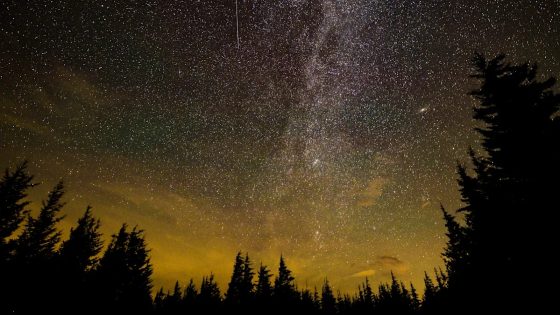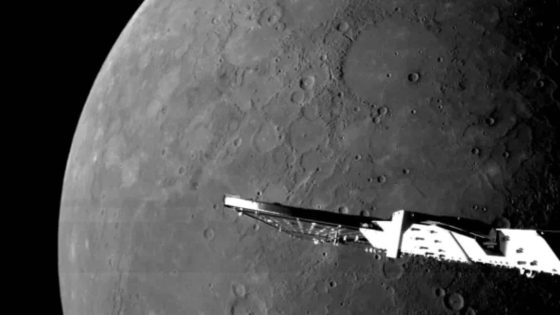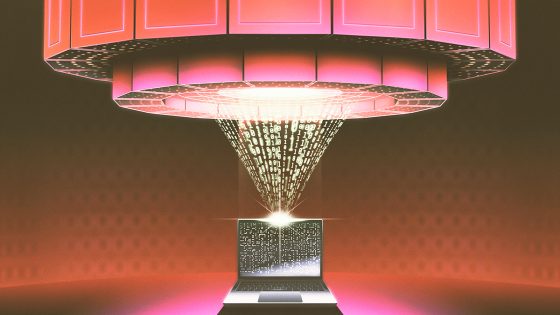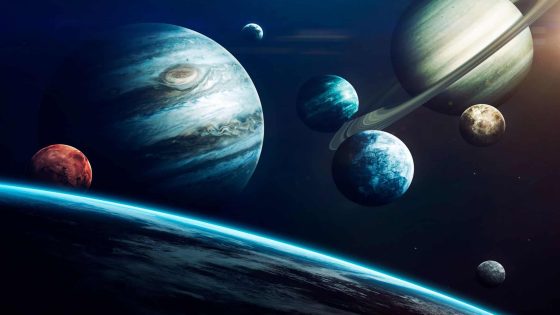The Perseids meteor shower is set to peak on the night of August 12, 2025, offering a spectacular celestial display. With up to 100 meteors visible every hour, this event is often considered the best meteor shower of the year.
- Perseids meteor shower peaks Tuesday night.
- Up to 100 meteors visible per hour.
- Best meteor shower of the year.
- Moon may affect visibility conditions.
- Originates from comet 109/Swift-Tuttle.
- Northern Hemisphere has best viewing opportunities.
Active since July 17, the Perseids are remnants of comet 109/Swift-Tuttle. While the waning gibbous moon may affect visibility, viewers in dark areas away from city lights can still enjoy the show. So, how can you make the most of this astronomical event?
As the Perseids illuminate the night sky, you might wonder what causes these spectacular displays. Meteor showers occur when Earth passes through debris left by comets. This results in an increased number of meteors, or “shooting stars,” streaking across the sky. Key points to consider include:
- Meteors are visible when meteoroids vaporize in Earth’s atmosphere.
- The Perseids originate from comet 109/Swift-Tuttle, which orbits every 133 years.
- Fireballs, brighter meteors, are also expected during the peak.
- Viewing conditions can be affected by the moon’s brightness.
As we look forward to the Perseids, it’s a reminder of the wonders of our universe. Don’t miss this chance to connect with the cosmos and explore the science of meteors!

































